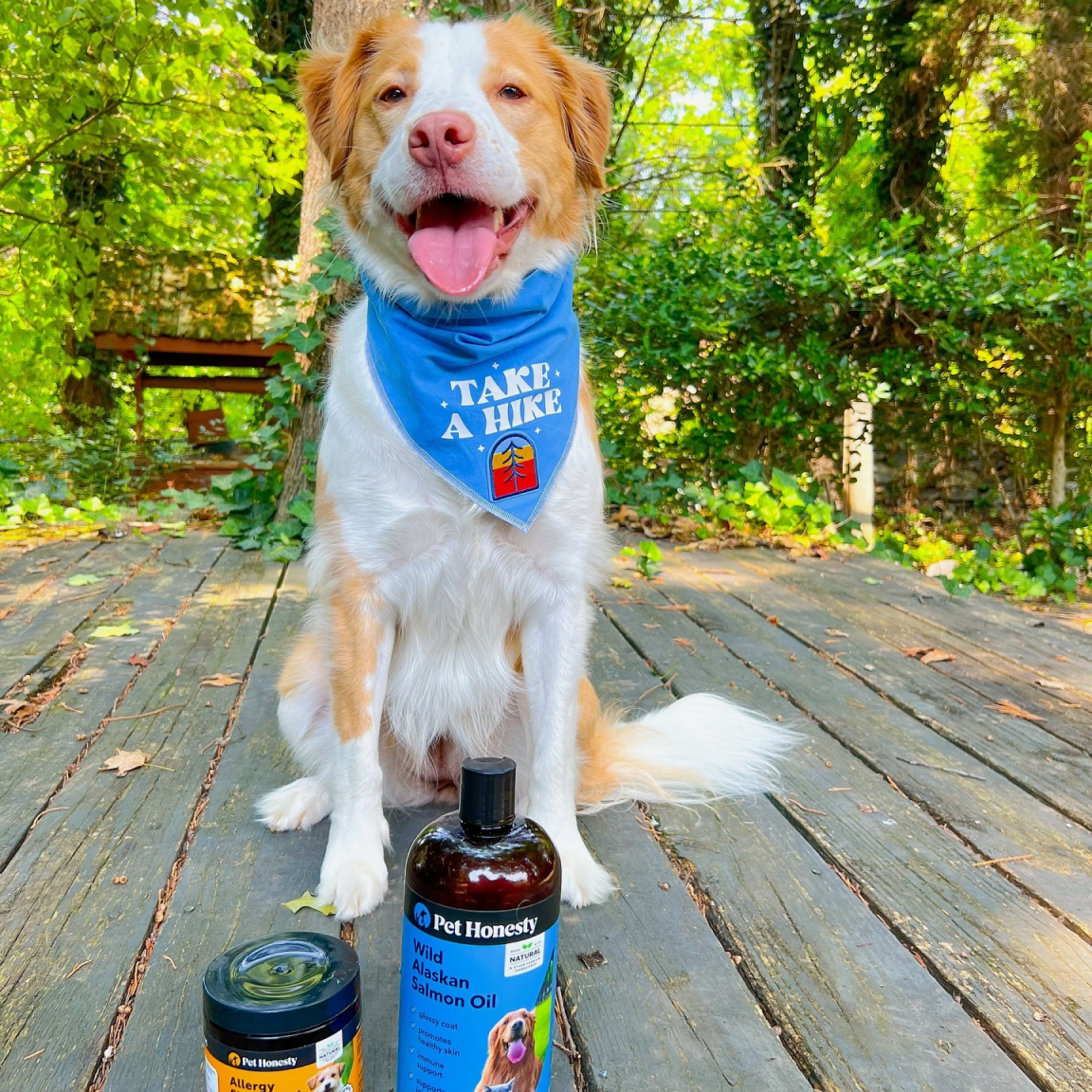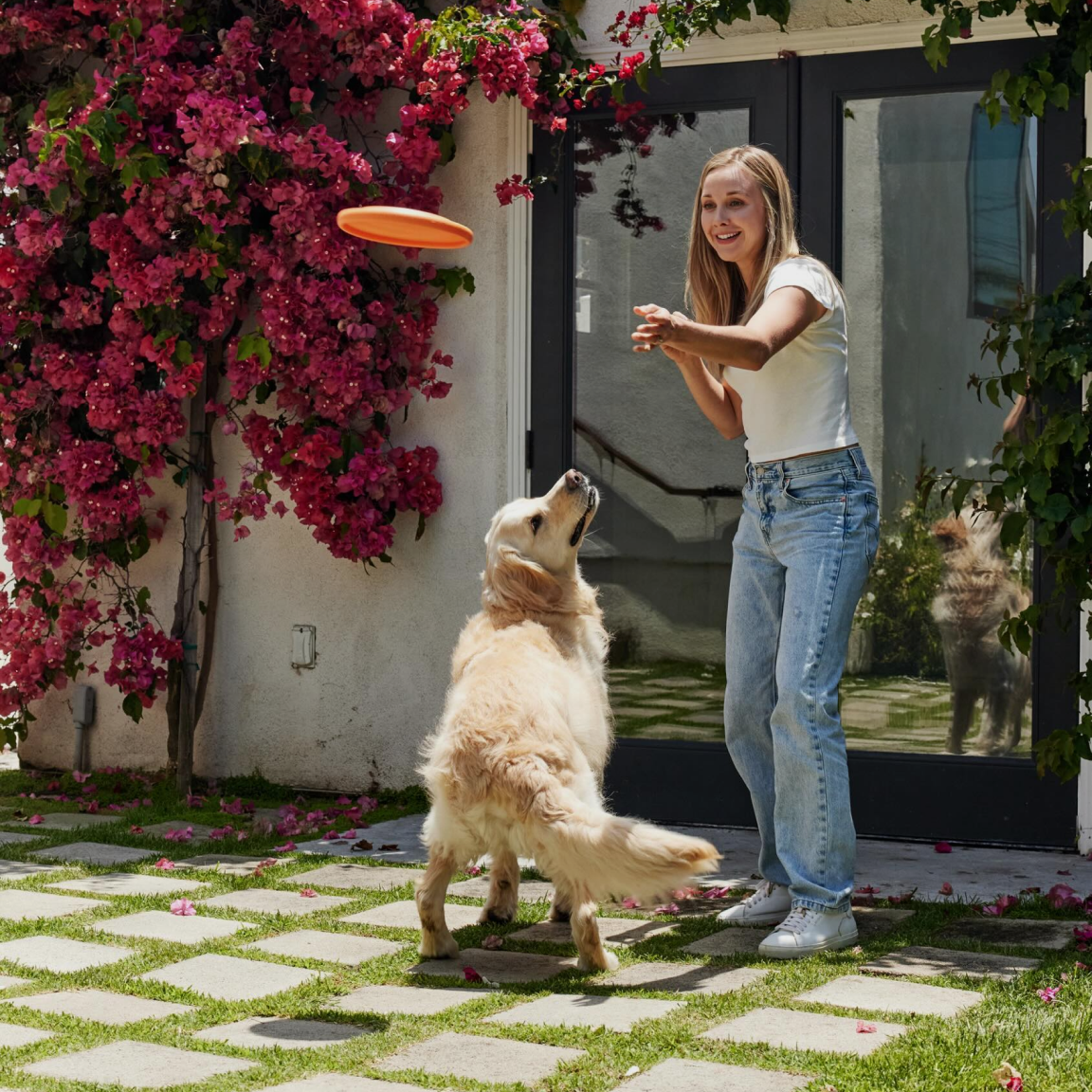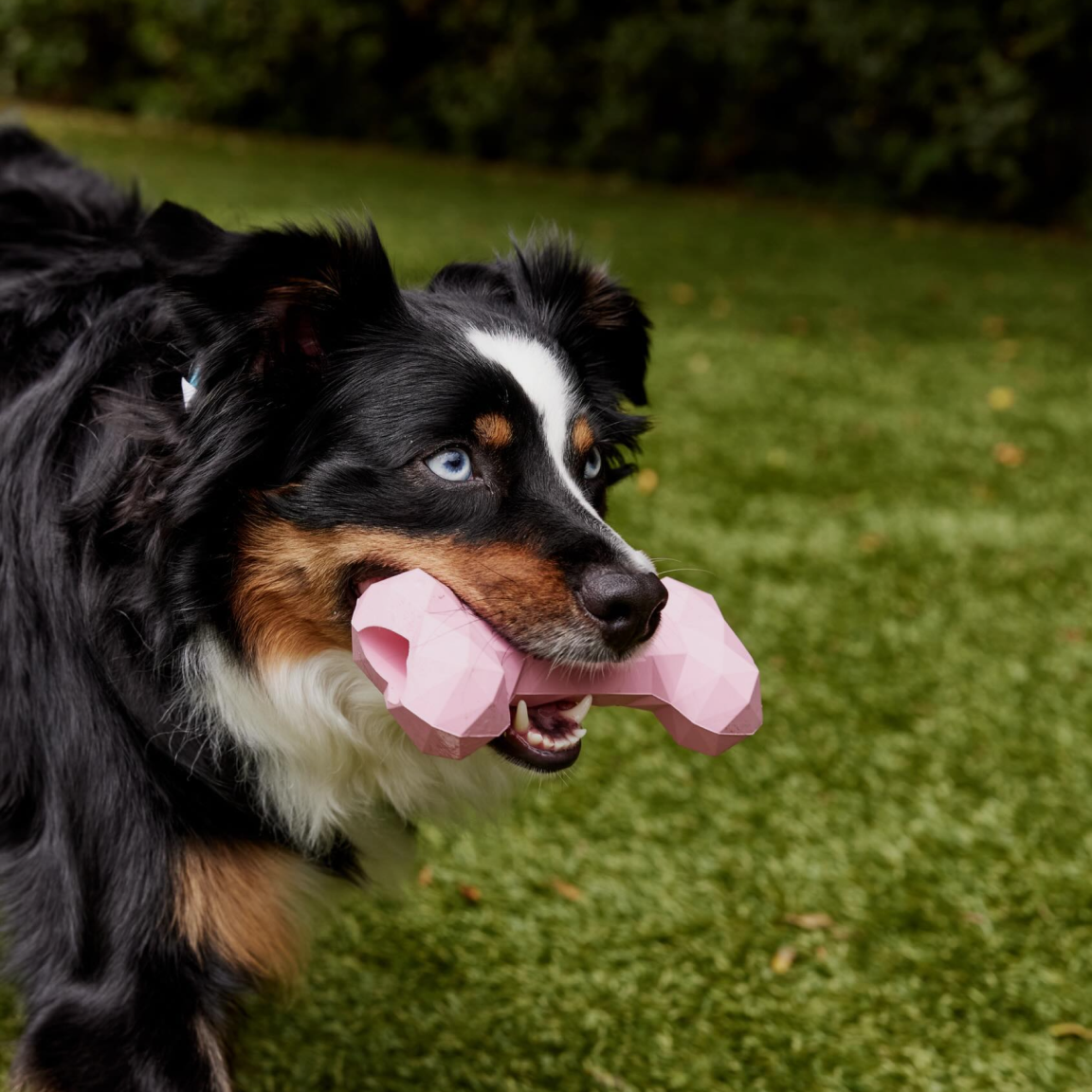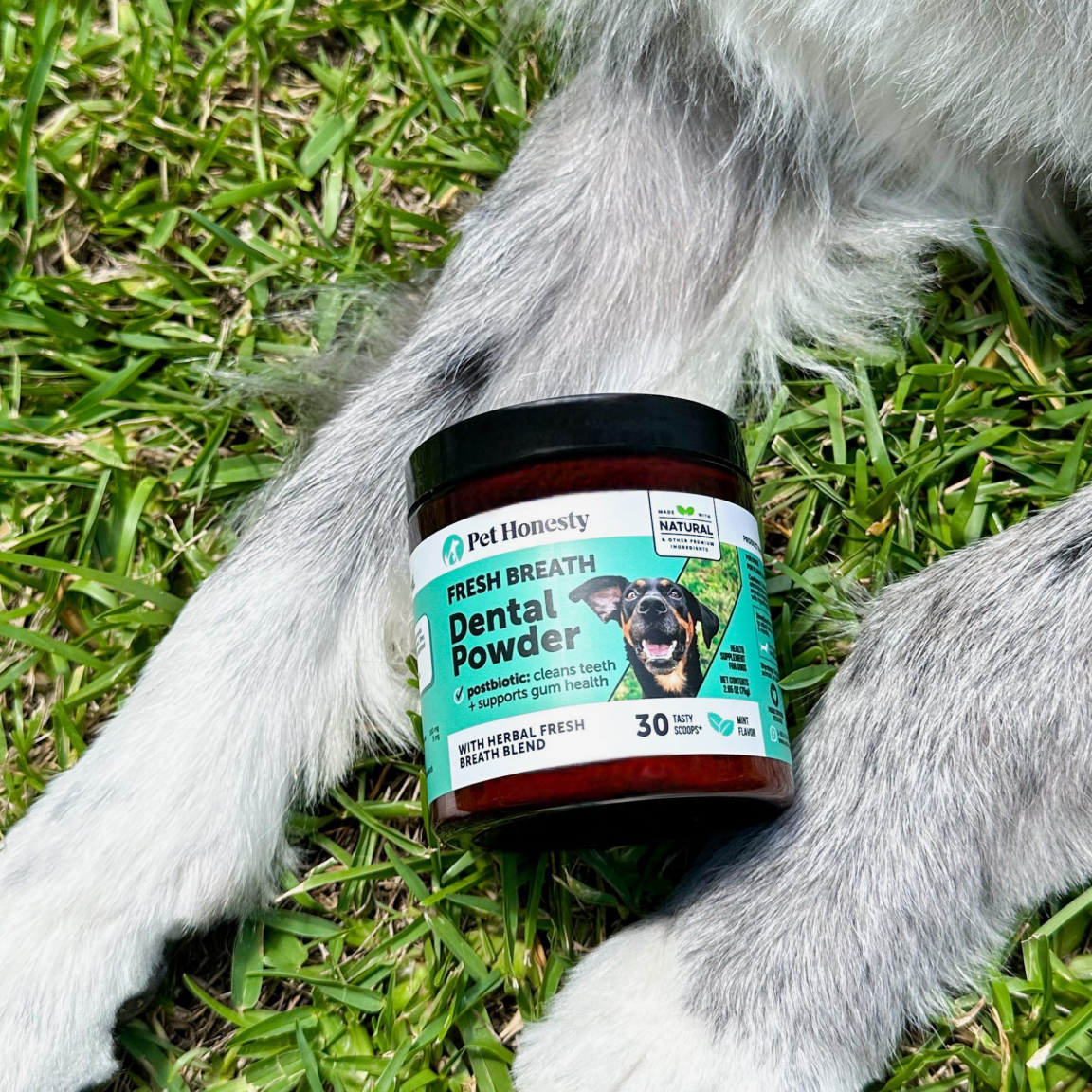Updated May 9, 2023
The United States has over 3,500 animal shelters, meaning you have plenty of options if you’re looking to adopt a dog. Regardless of your reasons, you should know as much as possible about the new dog before adoption. Neglecting that is a mistake that can make your new furry friend less friendly back home.
We know that not all dogs will fit in with your home, family, and routine, especially the structure of your house. Then you have the dog’s health to worry about, whether visiting the vet or getting a supplement collection for extras. These considerations must be well thought through before bringing the new family member home.
Getting a new dog is a long-term commitment to its health, training, social life, and transition from animal shelters to everyday human life. We’ve identified red flags when adopting a dog that you should avoid to get the most out of your decision. With that in mind, let’s get into it.

10 Mistakes to Avoid When Adopting a New Dog
There is much to consider when getting a new dog, especially if it’s your first pet. You’ll need to get food with certain key ingredients plus find the right vet to keep your new pet healthy.
These are ten mistakes we want you to avoid when adopting a dog.
1. Taking Little Time in Knowing the New Dog
Let’s assume you already own a furry friend of a particular breed. You go to the animal shelter and search for that specific breed. Then, you initiate adoption proceedings immediately, believing the new dog’s personality will be as you know it.
While the new dog will have most of the traits of its breed, they are still unique. What if they don’t get along with other dogs and pets? Will you or anyone else at home be secure with your furry friend?
Learn about the dog’s behavior and any triggers. Here’s what you can do to get to know the dog better:
- Visit the animal shelter more often and spend time with your furry friend.
- Go for walks.
- Ask the shelter staff questions.
- Introduce your other dogs in a neutral location.
- Consider a temporary foster placement.
During this time, you should also learn about any genetic diseases. That will help you prepare for the dog’s health better.
2. Rushing the Integration Process
The shelter staff will be supportive during the adoption process. However, when you complete the adoption fee and take the puppy home, things will get on the fast track. The first few weeks will be a rollercoaster for you and the new dog.
You’ll deal with everything imaginable about having a new pet. Separation anxiety, house training, vet visits, and pet store visits are typical when you adopt a dog. The dog’s food will become part of your eating routine, as you must prepare it and yours.
Drumming too much, too soon, will be counterintuitive. The young dog will take a while to adjust to your new routine, especially if you work office hours. Hence, taking things slow and integrating them into your environment is best.
Don’t rush the introductions with your other pets and family. These overwhelming interactions can cause anxiety in adopted dogs.
3. Focusing on Specific Breeds
Unless you have a specific purpose for the adoption, you should not focus on one breed. Most shelters have different breeds that you can interact with before adoption.
We understand that certain breeds have unique traits. However, you’ll be surprised at what others offer. The unexpected breed could turn out to be the one that fits most with your routine and family.
Again, spend time in the local shelters getting to know the dog breeds. Take them for a walk and engage them actively to see their response.
This applies to smaller dogs and older ones. Ensure you see how your preferred dog interacts with other dogs before bringing them home.
Have preferences, but don’t focus too much on one breed. You may miss out on others equally capable of meeting your requirements.
4. Focusing on the Puppies
There is no law prohibiting the adoption of adult dogs. The most common premise is that a senior dog is more challenging to train.
With younger pups, you have the exclusive opportunity to watch them grow up. However, dog training classes are not for them alone. Senior dogs have better self-control and focus longer on something than younger dogs.
That characteristic can work in your favor. A fur baby requires more work, from potty training to socializing and obedience classes. On the other hand, senior dogs often come pre-trained.
This does not excuse you from having consistent training, at least in the early days of adoption. Your new friend needs it to adjust to the new environment and lifestyle.
5. Not Dog Proofing Your Home
Seasoned pet parents know better than to leave their homes unprepared when taking in new pets. If you’re adopting your first dog, we suggest making your space dog proof to ensure the safety of both your new furry friend and your belongings.
Pet proofing your home covers all living areas, from the kitchen and bathrooms to bedrooms. You’ll need a dog bed, a child gate to restrict movement, and appropriate dog toys.
Adjust your home to fit food and water bowls and other feeding equipment. Baby gates can function perfectly as dog barriers for your furry friend and other animals.
So, think about things that will ease your new friend into your home the next time you are in a pet store before adoption.
Gradually reduce movement restrictions as the dog’s behavior gets better.
6. Not Considering Your Working Hours
The last thing you want is to adopt a dog and leave for long periods of time without proper supervision or care. When bringing a new dog into your home, it's crucial to consider your working hours and make arrangements to ensure your pup's well-being.
Dogs require varying amounts of attention. For example, the older ones are more stable and better trained to keep an eye on every minute. Puppies are the most attention-demanding.
They require enough socialization to imbibe healthy behavior as they grow. Hold off on adopting if you don’t have someone to help with your adopted dogs.
7. Not Having Regular Vet Visits
Vet visits are essential, especially for young pups. Even older dogs require a complete medical diagnosis to ensure no underlying sickness.
Ignoring or skipping these visits can be detrimental to your furry friend. You will miss out on the early detection of diseases or allergies. Moreover, many dogs at shelters have minimal information on their medical history, so regular vet check-ups are crucial to monitor their overall health and address any underlying issues.

8. Not Maintaining a Regular Routine in the Early Weeks
Abrupt routine changes can lead to separation anxiety in your dog. Those few days you spend at home with your new companion familiarize your presence. Especially in the early stages of adoption, being away for days will result in improper bonding.
Ensure your new furry friend has enough attention and a consistent routine in the early weeks. Stay with the dog daily for as many days as you can. Then, slowly increase the time you are away.
Have someone over to check on your new friend if you plan on being away for more than a couple of hours.
9. Transitioning Diet Too Quickly
We understand that you want to provide the highest quality food for your new friend immediately. You may contact a new dog food delivery service to keep the diet rolling. However, this transition requires a structured plan and veterinarian approval.
Most dogs at shelters are used to what they were being fed while at the shelter. Continue with the same food or slowly add the new diet to the feeding program.
10. Trying too Many Things at Once
As much as you might like to, picking up your furry friend immediately after bringing them home might be wrong. There is no need to force them to adapt to the new environment right away. Too much pressure can cause dogs to disengage further and feel unsafe.
Slowly but deliberately build up routines. Integrate training gradually and implement new diet plans strategically. The idea is to warm the dog up to their new home.
Final Thoughts
Adopting a dog is a significant commitment that should not be taken lightly. Before bringing a furry friend into your home, it's crucial to assess whether you have the time, resources, and willingness to provide a loving and fulfilling life for them. This includes investing time in training, daily walks, and ensuring a safe and dog-friendly environment. It's important to budget for their needs, including food, toys, veterinary care, and potential emergencies.
By being prepared and responsible, you can create a wonderful bond with your new companion and provide them with a happy and healthy life. Remember, adopting a dog is a decision that can bring immense joy and fulfillment, but it's essential to make sure you are ready for the commitment and can meet their needs.






















